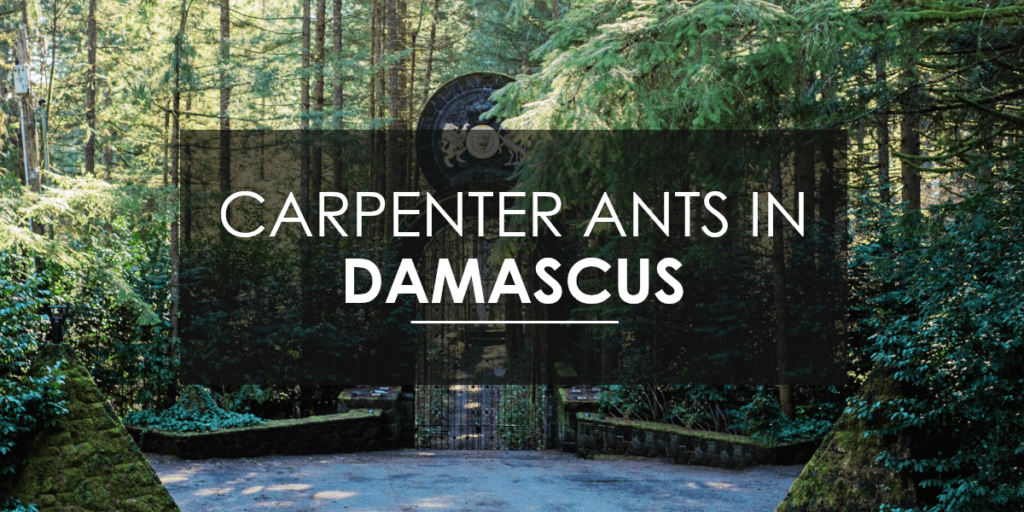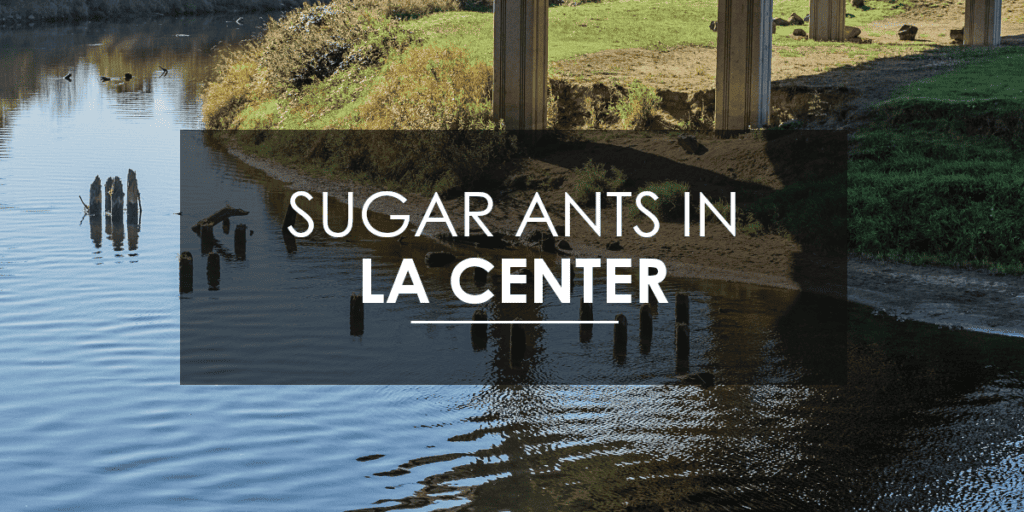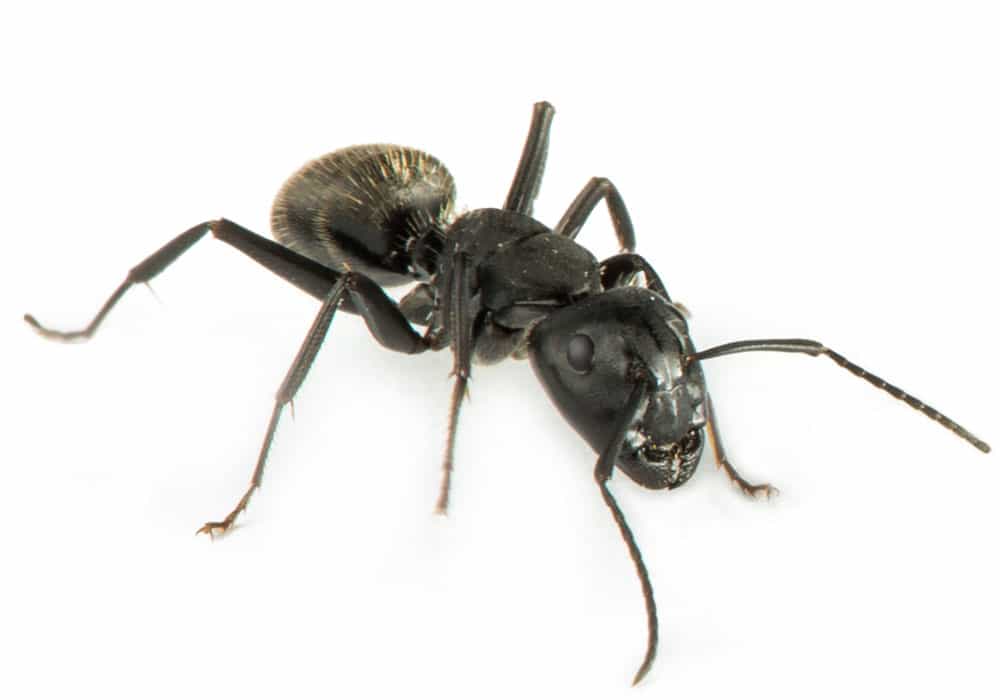Wasps, Hornets, and Yellow Jackets in Clark County, Washington: What’s the Difference?
Wasps, yellow jackets, and hornets are often confused as different names for the same insect. However, they are distinctly different creatures that pose different threats to your family’s well-being.
One thing is certain: they all sting. Their stings can be painful and, in some cases, cause allergic reactions ranging from uncomfortable to life-threatening. When it comes to protecting your family, it’s important to know the difference between these insects.
—
What to Know About Paper Wasps
Most insects referred to as “wasps” in the Clark County, WA area are more specifically identified as paper wasps. (Hornets and yellow jackets are specific types of wasps, but more on that later!) Paper wasps are typically one-half to one-and-a-half inches long, with black or dark brown bodies and distinct yellow markings.
Paper wasps are named for how they build their nests. They use organic materials like plant matter and dead wood, combined with their saliva, to create a paper-like material that wraps around the combed portion of the nest where the colony lives. They build their nests on flat, horizontal surfaces like eaves, covered porch ceilings, soffits, and gutters to protect the colony from extreme weather.
As pollinators, paper wasps are attracted to flowering plants, making residential yards highly desirable. They also love sugary foods and drinks, which is why they are often found in outdoor entertainment spaces. While not typically aggressive, paper wasps will sting if they feel their nest is threatened. Their sting is painful but not usually life-threatening, except for those with serious allergies.
How Do I Exterminate Paper Wasps in Clark County?
Professional wasp control is important for your family’s safety and peace of mind. Paper wasps in Clark County can be active from as early as February to as late as November. Colonies often follow the same flight patterns and tend to rebuild nests in the same locations year after year. Regular pest control can disrupt these patterns, making your property a less desirable place for them to nest.
Aspen Pest Control provides services that disrupt these colonization patterns. Here’s an example of how we helped a homeowner:
Recent Wasp Trapping and Prevention: A Comprehensive Solution
Background: A customer noticed a few wasps around their home but hadn’t seen any nests. They wanted a proactive, preventive approach to avoid an infestation.
What We Did: We set up traps around the property, placing them away from the house to keep wasps from being drawn too close. We also applied a mild wasp repellent to the eaves and other potential nesting areas. The traps used sugar water to attract the wasps, as they are most drawn to sweet substances.
Outcome: The traps caught several wasps, and no new nests were found. The homeowner was happy with the proactive approach and decided to continue with regular inspections to keep future wasp issues under control.
—
What to Know About Hornets
Hornets are a specific type of wasp, distinctly different from paper wasps. Typically larger, hornets can grow up to two inches long and, in addition to black, dark brown, and yellow markings, can also have reddish-brown markings on their abdomens.
The most common hornet in the Clark County, Washington area is the bald-faced hornet. They build their nests in the same manner as paper wasps, using a combination of their saliva and plant matter. Their colonies consist mostly of female hornets responsible for maintaining and protecting the colony. Males are used specifically for breeding and tend to die shortly after mating.
Like paper wasps, bald-faced hornets are omnivorous. They consume plant matter, playing an important role in pollination. They also help with pest control by preying on smaller wasps, caterpillars, crickets, and grasshoppers.
Though they help control certain pests, hornets can be a dangerous nuisance on your property. They are not typically aggressive but will defend their nest if they feel it is threatened. If you see their nests on your property, especially in areas where people gather or children play, it is crucial to have them examined and removed by professionals with the proper equipment and training.
—
What to Know About Yellow Jackets
Yellow jackets are another variety of wasp, but they are very different in appearance, diet, nesting habits, and demeanor. To be clear, yellow jackets are much more aggressive than their paper wasp and bald-faced hornet cousins.
Yellow jackets are usually one-half to one inch long. While their nests are constructed similarly to those of paper wasps and hornets, they can be as large as a basketball and contain up to 4,000 individual insects. Instead of building nests in the usual places, yellow jackets seek out more guarded spaces, often building underground in abandoned rodent nests, in shrubs, or in tree cavities. Keeping their nests closer to the ground and out of view of potential threats is key to the yellow jacket’s survival.
Unlike paper wasps and bald-faced hornets, yellow jackets are not typically pollinators. They are attracted to sweet substances and even meat. When you’re entertaining, yellow jackets are the most likely culprits to be attracted to your food and drinks. If a striped insect is crawling in and out of soda cans or on your prepared food, it’s likely a yellow jacket.
As mentioned, yellow jackets are far more aggressive than their counterparts. They will not hesitate to sting, and they are capable of stinging repeatedly. If you come across a yellow jacket nest, do not disturb it and do not attempt to remove it yourself. Keep everyone clear of the area and seek professional assistance for proper extermination and nest removal.
—
How Do I Exterminate Wasps, Hornets, and Yellow Jackets?
We recommend seeking professional assistance for the eradication of wasps, hornets, and yellow jackets. With their long life cycles, tendency to rebuild nests in the same areas, and general aggression, having professionals with the right experience, equipment, and commitment to total extermination is the level of service you deserve for your family’s protection.
At Aspen Pest Control, we use safe, environmentally friendly methods to ensure total elimination.







